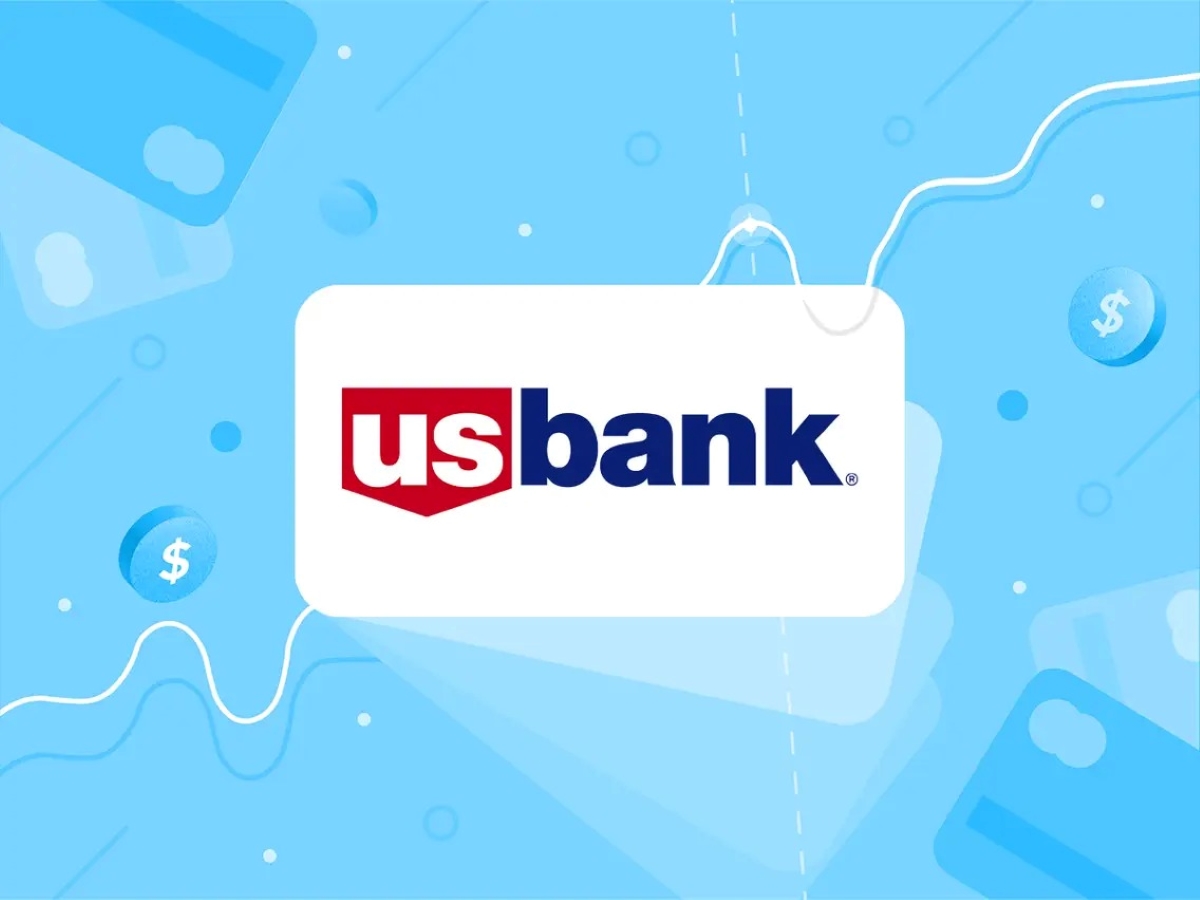Home>Finance>Freemium: Definition, Examples, Pros & Cons For Business


Finance
Freemium: Definition, Examples, Pros & Cons For Business
Published: November 28, 2023
Learn about freemium business models in finance. Understand the definition, explore examples, and weigh the pros and cons for your business.
(Many of the links in this article redirect to a specific reviewed product. Your purchase of these products through affiliate links helps to generate commission for LiveWell, at no extra cost. Learn more)
Freemium: Definition, Examples, Pros & Cons for Business
When it comes to finding innovative ways to attract and retain customers, businesses are constantly exploring new strategies. One such strategy that has gained popularity in recent years is the freemium model. In this blog post, we will explore the concept of freemium, provide examples of successful implementations, and discuss the pros and cons for businesses.
Key Takeaways:
- The freemium model offers a free version of a product or service with limited features, aiming to encourage users to upgrade to a paid version.
- Successful freemium implementations include platforms like Spotify, Dropbox, and LinkedIn.
What is Freemium?
Freemium is a business model that combines the words “free” and “premium.” It offers a product or service for free with limited functionality, enticing users to upgrade to a paid version for additional features and benefits. This approach allows businesses to reach a wider audience by eliminating the initial cost barrier while still monetizing their offering through premium upgrades.
Now, let’s delve into the pros and cons of implementing a freemium model for businesses:
Pros of Freemium for Businesses:
- User Acquisition: By offering a free version of their product, businesses can attract a larger user base. This widens the reach, increases brand awareness, and can lead to potential upselling opportunities.
- Upselling and Monetization: Freemium allows businesses to convert free users into paying customers by offering premium features and benefits. This creates additional revenue streams and encourages users to upgrade for enhanced functionality.
- Customer Feedback: With a larger user base, businesses gain access to valuable customer feedback and insights. Free users often provide feedback that helps identify areas for improvement, enhancing the overall product or service.
- Competitive Advantage: In a crowded marketplace, offering a free version differentiates a business from its competitors. It can attract users who are wary of committing financially upfront and seeking to test a product or service before making a purchase.
Cons of Freemium for Businesses:
- Revenue Challenges: Dependence on upselling and premium upgrades means that businesses may face challenges if a significant portion of free users do not convert to paid customers. Striking the right balance between the features offered in the free and premium versions is crucial.
- Resource Allocation: Providing and maintaining a free version requires resources. This includes initial development costs, ongoing support, and infrastructure to cater to a larger user base. Businesses must carefully manage their resources to ensure profitability.
- Perceived Value: Offering a free version can inadvertently devalue the premium offering. If the free version provides too much value, users may be less inclined to upgrade, leading to lower revenue potential.
- Conversion Challenges: It can be a challenge to persuade users to upgrade from the free version to the premium version. Businesses must design an effective conversion strategy to communicate the value proposition of the premium features and benefits.
In conclusion, the freemium model offers businesses a unique opportunity to attract a wider audience, upsell premium features, gather valuable feedback, and differentiate themselves in the market. However, it also presents challenges associated with revenue, resource allocation, perceived value, and conversion. By carefully evaluating these pros and cons, businesses can make an informed decision about implementing a freemium model that aligns with their goals and target market.
What are your thoughts on the freemium model? Have you come across any other successful examples? Let us know in the comments below.














